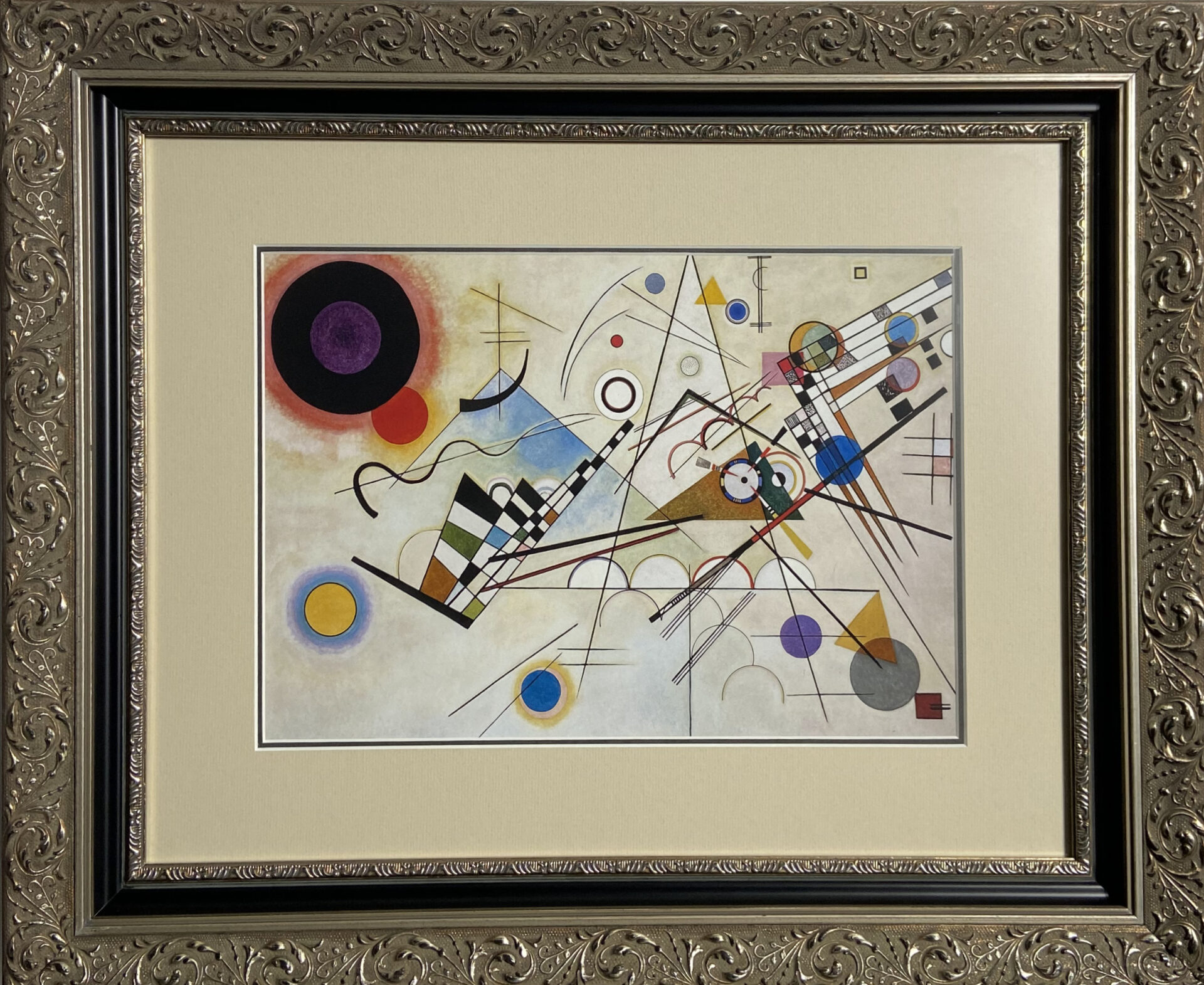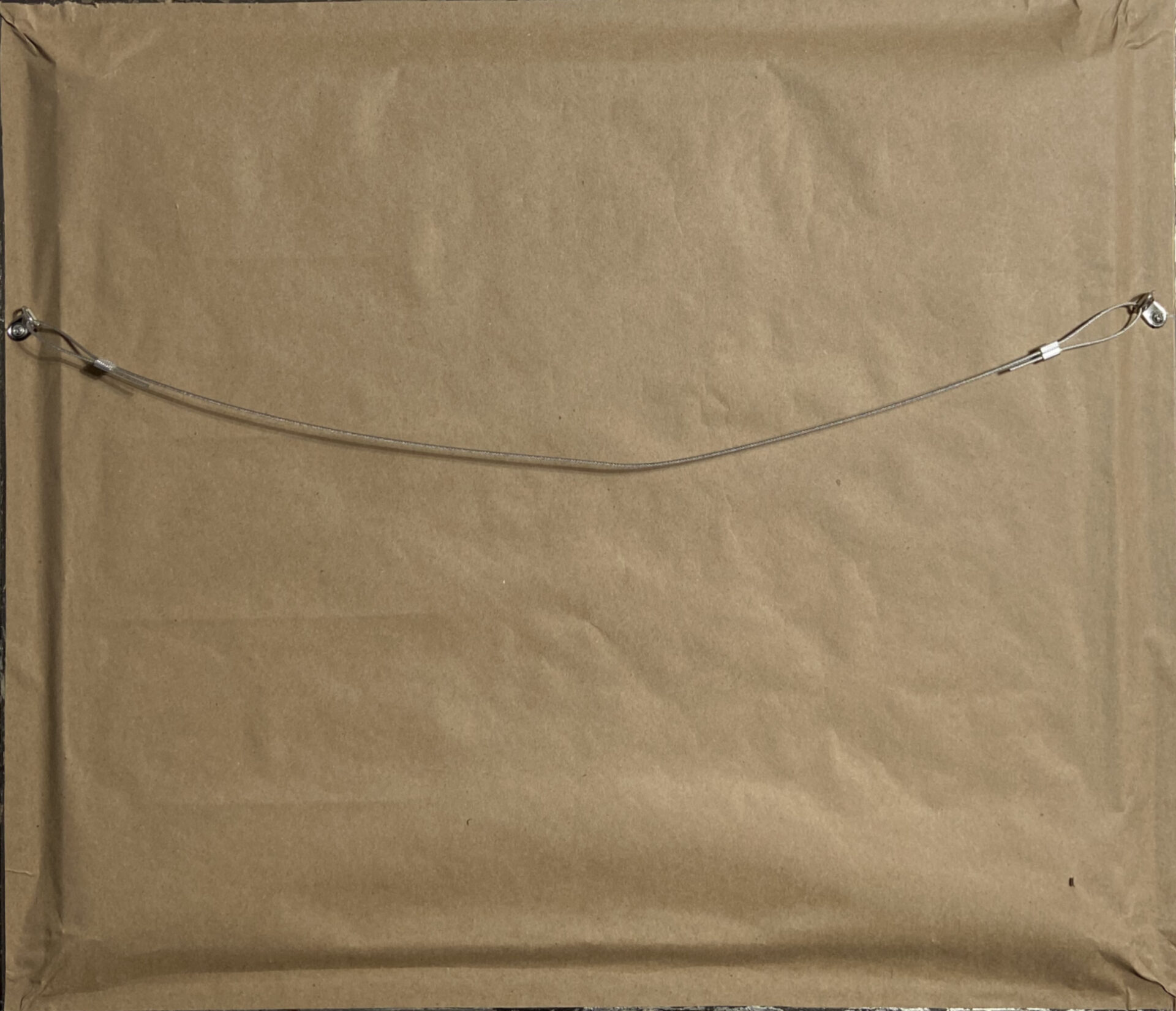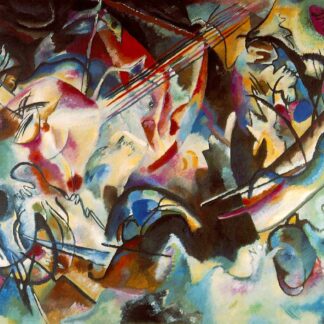Wassily Kandinsky – Giclee Print of Composition VIII, 1923
$185.00
Composition VIII, produced in 1923 by Russian artist Wassily Kandinsky, is an oil-on-canvas painting created in the Abstract style. The painting consists of a variety of geometric shapes, colors, straight and curved lines set against a background of cream that melds at certain points into areas of pale blue. The use of circles, grids, rectangles, semicircles, triangles and other mathematical forms in the artwork is consistent with the painter’s belief in the mystical properties of geometric shapes while the colors on display are chosen for their emotional impact. Giclee Print Certificate of Authenticity Included.
Shipping Note: We reserve the right to ship all products with signature required.
Sold!
Description
The audience was quite shocked by the transition from the apocalyptic emotion of Composition VII to the geometric rhythm of Composition VIII. “Composition VIII” was painted ten years later in 1923. It is a logical development of the creative genius of the painter and to a certain extent it reflects the influence of Suprematism and Constructivism assimilated by Kandinsky in Russia and in the Bauhaus.
Kandinsky aimed to formulate an abstract language which would cause strong emotions in the audience to a large extent the same way as it does the music. “Form itself, even if completely abstract … has its own inner sound,” he wrote. Kandinsky was looking for a universal law of harmony in the visual arts, which must be present in the center of each creation, and this mystical belief was being reinforced by a convincing inner strength of the painter.
Composition VIII was one of the first paintings which were bought by Solomon R. Guggenheim. In 1930 Guggenheim visited Bauhaus where he bought several paintings of Kandinsky. It was the beginning of a large collection which is now exhibited in the Guggenheim Museum in New York.
Bibliography:
https://www.wassilykandinsky.net/work-50.php








Reviews
There are no reviews yet.